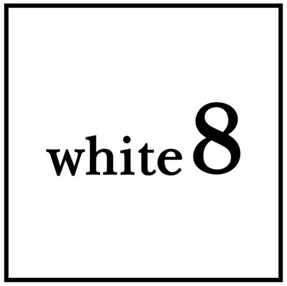white8/VIENNA
WU SHAOXIANG
New Age Cadre
Skulpturen
Eröffnung am 1. April
18 – 21 Uhr
Ausstellungsdauer bis 22. Mai 2010
Gao Minglu *
Wu Shaoxiang and I met in 1985. As one of the most influential sculptors, Wu was actively involved in the `85 Movement in Beijing. He spearheaded in incorporating Western abstract sculptural forms to his own works. Brancusi`s geometrical shapes and Henry Moore`s holes all had strong influences on him. While successfully combining the two, Wu gave the round and rolling “abstract” forms a tangible sense of human body and human organ. Wu`s sculptural language has been remaining capable of providing imaginations and metaphors, instead of just simplistic emulation of reality. Since the forms of sex and body are not always concrete, the seduction and challenge can be viewed beyond sex alone, but a general cultural critique. During the 1980s, the manifestation of sex not only showed the individual freedom, also had cultural symbolism in a broader sense.
Wu Shaoxiang is one of earliest avant-garde artists who attempted to use Pop and Ready-made methods in China. His “Words” is a monument made of a stack of newspaper. On the top is a mouth sewn closed by threads-the metaphorical meaning is evident, sharp and passionate, which reminds me of the wood sculptures by Wang Keping of the Star Group. However, in comparison, Wu`s works employ more signs, symbols and non-realistic methods.
The usage of signs and symbols becomes the main strategy in Wu`s later works. Since the 1990s, he chose coin and banknote as the fundamental formal sign. Perhaps it is due to the experience that he realized the core value of capital and money in the capitalist society when he lived in Europe. He used “glorious and shinny” coins as the direct formal element to re-construct Western and Eastern monumental sculpture, such as Venus and the Buddha. Classical monumental sculpture already has an integrated sense of singularity. No matter divinity or some kind of sublime spirit, the all inevitably share certain public values-that is, its moral and aesthetic meanings have acquired common understandings from the public. However, money`s functions of exchange and circulation are not singular and material, which sets a direct opposition against the classical aesthetics. Wu Shaoxiang appropriated such conflict to bestow satirical social meanings: the capital conquering and devouring the spirit and, in turn, the artworks, as spiritual products, falling into the circulation of commodity itself.
All of these are derived from Duchamp`s conceptual narrative. It is Duchamp who paved the foundation of ironic aestethics in contemporary art. However, Duchamp`s era has not come to the realization that avant-garde art is a critical reflection on the Capitalist art institution. The political history of the late 20th century provided artists rich narrative sources, especially for the Chinese artists. They combine the two narratives of the capital and the consciousnesses together and create even more paradoxical and dislocated narratives. Wu Shaoxiang`s works is a good example.
Although being straightforward, Wu`s works are never detached from the expressiveness of the sculpture medium. The works consistently try to express an underlying subject, which is “desire” and “power”, a social theme that Wu Shaoxiang has focused on in the last 20 years.
* Professor Gao Minglu ist einer der wichtigsten Kunstkritiker und Kuratoren für zeitgenösssische Kunst in China.
